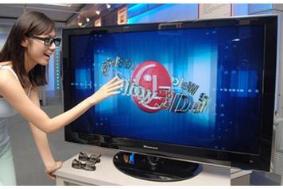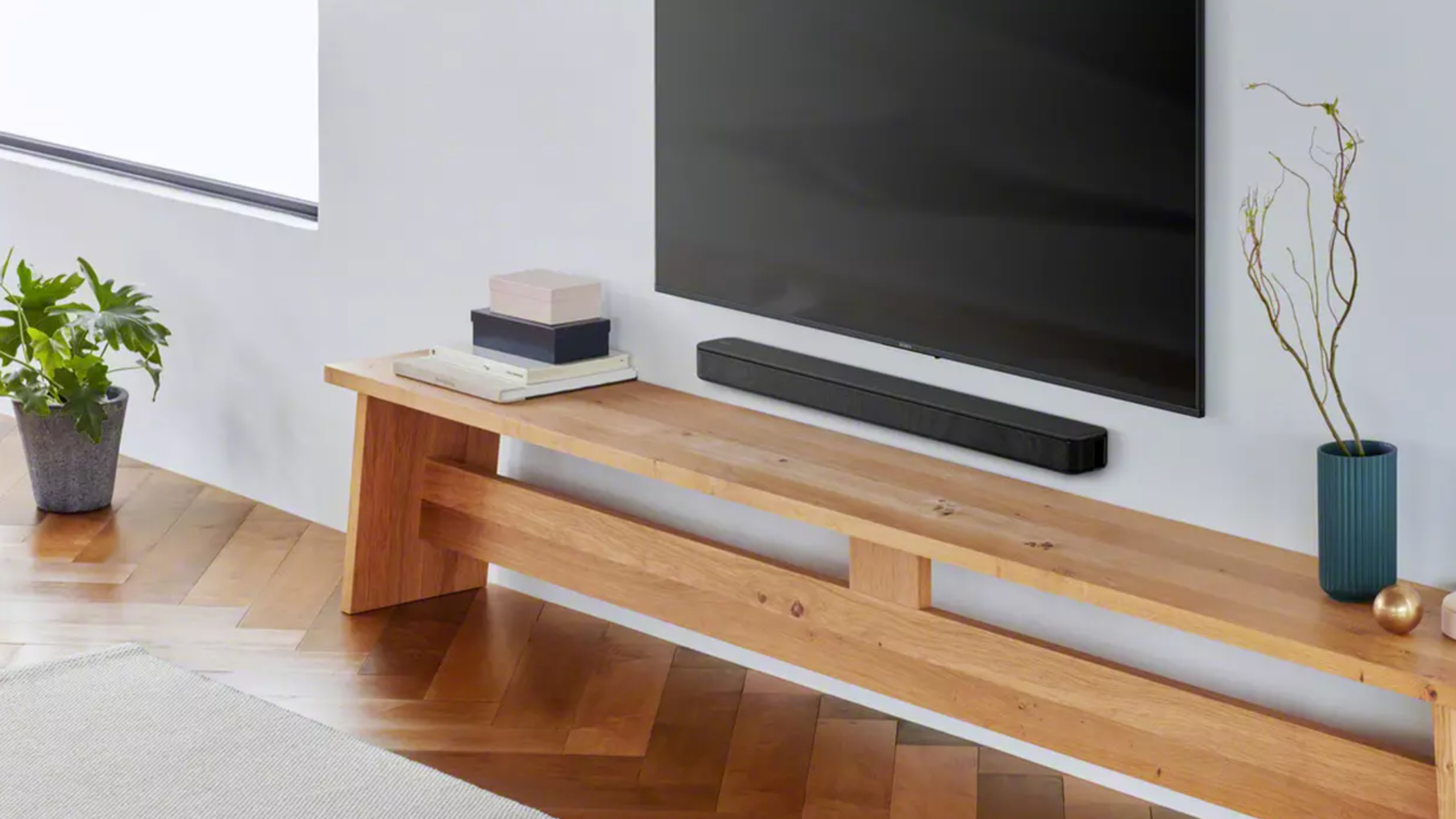CES 2011: LG confirms plans to revolutionise 3D TV market with better, simpler, cheaper sets
New panels will create more affordable TVs, with low-cost polarised glasses: up to six new models on the way in first quarter of 2011


LG has today confirmed at CES 2011 that it will focus on developing a next-generation range of passive 3D TVs and that it's moving away from active-shutter 3D TV technology - due to the costs and viewing issues (such as crosstalk) concerned.
The company is investing $12bn in new smart technology, including a new LG Smart TV platform called NetCast 2.0 with an app store and premium content on demand.
The Korean manufacturer has also confirmed it is developing auto-stereoscopic 3D TVs that don't need 3D glasses, along with 3D OLED sets. It has a 31in 3D OLED TV prototype on display here at CES.
Published 21.12.10
LG has announced its plan to seize the initiative in 3D TV.
In the first three months of next year, it'll launch five or six new LCD TVs usable with low-cost polarised glasses, and claimed to give more consistent results than the active shutter technology currently employed by its rivals.
It chose to make the announcement in Beijing, not Seoul, illustrating how much importance the company, like its Korean rival Samsung, is placing on the so-called 'emerging markets'.
Attending the announcement were representatives from some of China's largest TV manufacturers, including Haier, Konka and Skyworth, and global brands including Vizio – which is big in the States – and Toshiba.
All agreed to collaborate in the future to promote the next-generation FPR3D technology on which the new TVs are based.
The FPRD (or Film-type Patterned Retarder Display) technology is the result of a new film developed by LG Chem, the company's chemical division. This film can be applied in the production of LCD display panels, thus greatly reducing the cost of manufacture.
The FPRD film layers are a quarter of the cost of the glass used in current passive LCD display panels, thus greatly reducing the price of LCD TVs: LG Electronics expects the technology will cut the cost of passive 3D TVs by 20-30%.
In addition to these lower costs, and the fact the TVs can be used with simple, passive polarised glasses costing around £1 or less (rather than the £100 or so currently being charged for active shutter 3D glasses), LG is also claiming the new TVs will offer better quality.
The FPRD panels give a full high-definition display and, says LG, none of the flickering or overlapping images some experience with active shutter glasses.
LG has already been supplying passive 3D TVs, notably to those pubs and clubs showing Sky Sports coverage in 3D, where the low cost of the glasses is a distinct advantage.
The company plans to hit the market in the next three months with the new FPRD 3D TVs, and will also be supplying panels to those Chinese manufacturers planning to launch FPRD sets in the first half of 2011.
The latest hi-fi, home cinema and tech news, reviews, buying advice and deals, direct to your inbox.
Screen sizes from 32in right up to 72in will be available to these companies from LG Display.
Follow whathifi.com on Twitter
Join whathifi.com on Facebook
